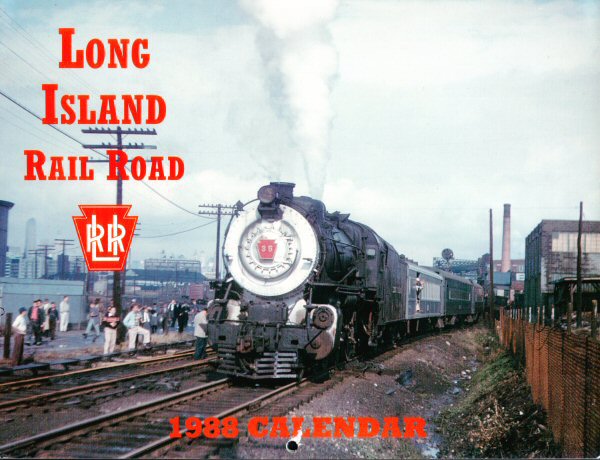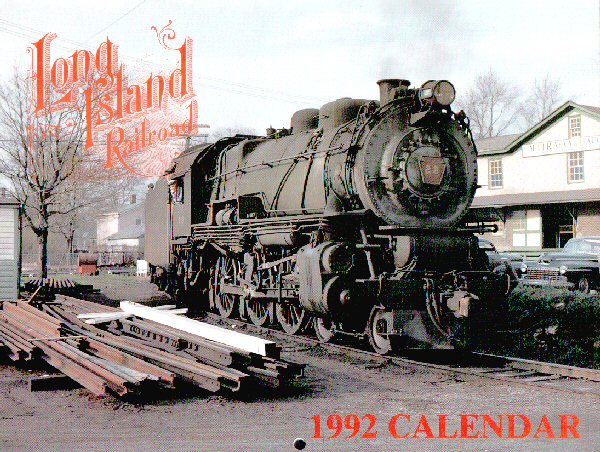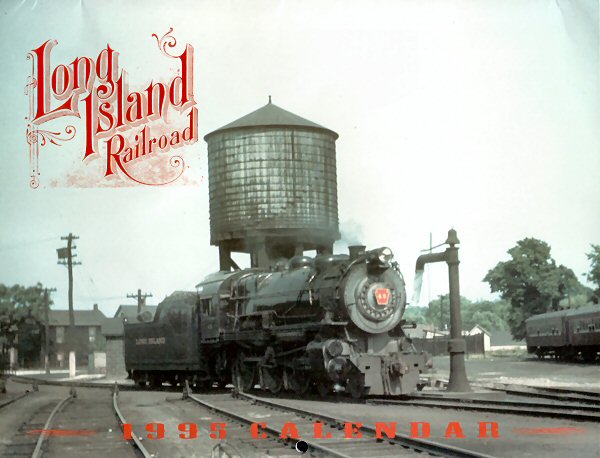Have Fun
Uncle Al




There are several types of articulated locomotives, the legendary "Big Boys" amongst them, and essentially they were, for the most part, two separate engines that shared a common boiler. There were some that were "compound" designs where one set of driving wheels used exhaust-steam from the other set -- much in the same vein as the triple-expansion engine of nautical history -- but those tended to be the exception rather than the rule. There are also types that suspended the common boiler betwixt the two engines; this is known as the Garrett arrangement.Gregg1100 wrote:What are those ginormous engines called which look like two locos stitched together- Big boy or something like that, please. ??
Actually the trailing 4 wheels in the design were required to hold the weight of the firebox on the things. Four were needed to steer it into curves, and then, in a very ingenious design, the lead engine was allowed to translate laterally and simultaneously pivot to the frame (the boiler being rigid) and still provide propulsive power. The end result looks positively weird where the boiler can be pointed in one direction and the rest of the locomotive seemingly pointed somewhere else. The drawbacks to these designs had primarily to do with the plumbing to keep 300+ PSI of superheated steam properly contained with all that motion going on.Uncle Al wrote:The 4-8-8-4 'Big Boy' used by the Union Pacific Railroad was one of the largest
steam engines around. The engine, basically, was created using two 4-8-0 engines,
back-to-back. Then placed the 2nd set of 'steering wheels' at the back to become
the trailing wheels - thus the 4-8-8-4 designation.
Sapphire and I believe we have identified the candidates for what she saw (as a very little girl) in freight service as the 4-8-0 type with "short" drivers and an overall massive appearance.The LIRR had a couple of 4-8-0's(12 wheelers) and several 4-6-0's(ten wheelers).